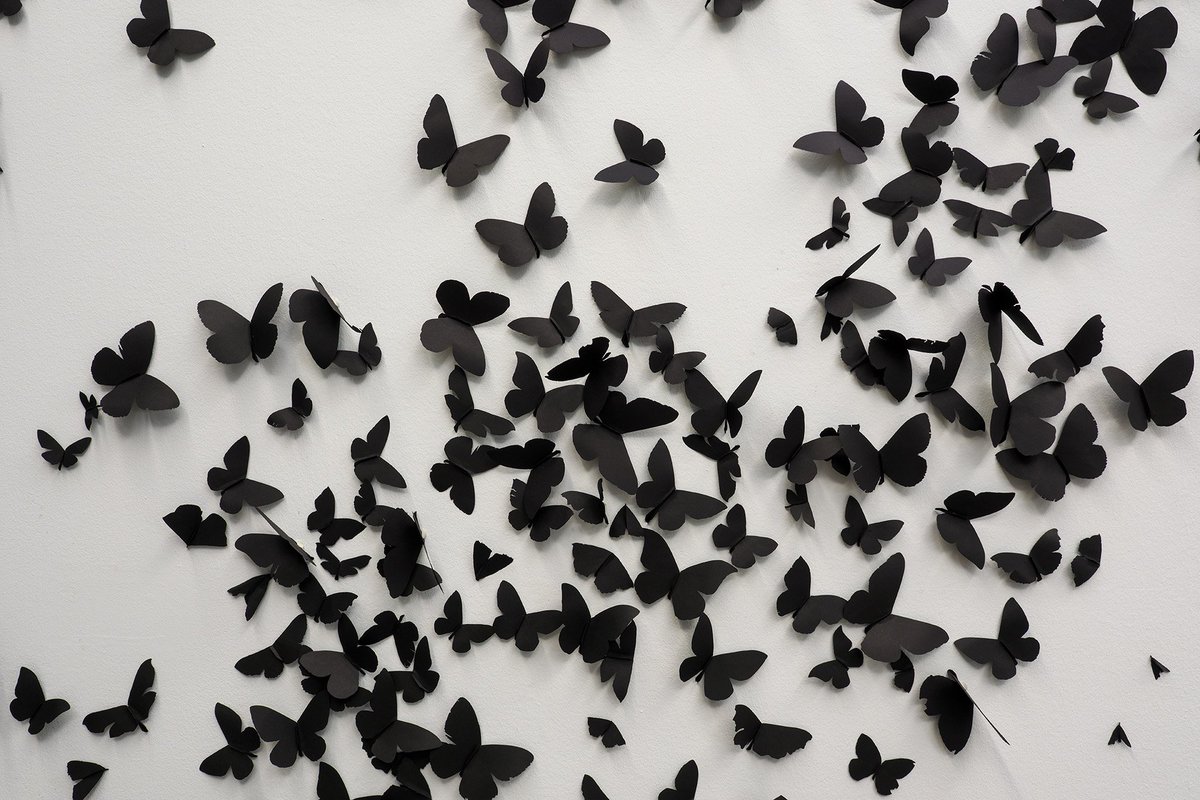Tonight I had a conversation with the director of the Phoenix Symphony Chorus about music without words. He said, “I was talking to my Music Appreciation class today at the University. I asked them if they thought that music without words could be ‘sacred.’ They said that they’d never really thought about it before. I told them that I thought that music can only be truly sacred if it had words and those words spoke of God.”
This is not a new topic. The conversation around the sacredness of music has been going on for almost 2000 years. Early on in the Church all instruments were banned from worship services. Theologians spoke against instruments in worship. They thought that instruments were too “pagan,” and they feared that musical instruments in worship would distract people, making them think of drinking and dancing and…carousing.
Clement of Alexandria, who lived in the second half of the second century said, “The Lord fashioned man a beautiful, breathing instrument, after His own image and assuredly He Himself is an all-harmonious instrument of God, melodious and holy, the wisdom that is above this world, the heavenly Word. …and on this many-voiced instruments of the universe He makes music to God, and sings to the human instrument. ‘For thou art my harp and my pipe and my temple.’” The only God-made instrument, they said, is the human voice. So, this is the only instrument allowed in church…and that voice can only be lifted up in the praise of God with words from the Bible, and this tradition carried on for centuries.
One of the first instruments to be introduced into Christian worship was the organ, and its purpose was only to support the singing. The chants required singers to hold notes for a very long time…and they would run out of breath. So, the organ was developed to mimic the human voice and to play underneath the singers, so they could catch their breath without losing the continuity of the sound. But, even though the innovation of using a musical instrument in church gained more and more acceptance, it was only there to support the singing of psalms and sacred hymns. Music without words…was still forbidden. Yet, even though the organ has been used in church for centuries, not all theologians agreed on its presence in worship. Martin Luther called the organ “an ensign of Baal,” and John Calvin said, “Men who are fond of outright pomp may delight in the noise, but the simplicity which God commands to us by the apostles is far more pleasing to God.” John Wesley, the great Methodist theologian and hymn writer, said himself, “I have no objection to the organs in our chapels, as long as they are neither seen nor heard.” Even though early Protestants eschewed the use of instruments in worship, some of the greatest music ever written was the organ music of the pre-eminent Protestant composer Johann Sebastian Bach, specifically meant for worship! Just think of his magisterial Tocatta and Fugue in D minor!
Some Christian traditions still allow no musical instruments in worship. But not us here at Pinnacle. We have a magnificent organ…and a fantastic new organist to make it sing. This last Sunday Dr. Ilona Kubiaczyk-Adler led us not only in the singing of our hymns; she also led us in worship through the prelude, offertory, and postlude…all music without words, at times meditative, at others celebratory and even proclamatory. And I say that it was sacred. A couple of Sundays ago, Chip and Marti King led us in our worship with the music of the bassoon and the piano. No words. Just music. And God was praised. At times the youth lead us with African or steel drums, or the handbell choir rings praise on our behalf, or Al Roselieb’s trumpet announces God’s good news. Sacred music that points us to God.
The psalmist proclaims, “Hallelujah! Praise God in His holy place Praise God with a shofar blast, praise God with psaltery and lyre. Praise God with tambourines and dance, praise God with stringed instruments and flute. Praise God with resounding cymbals, praise God with resonant cymbals. Let every soul praise God. Hallelujah!” (Psalm 150).
This last Sunday we had an art show here at Pinnacle, featuring artists from our church family, our community of faith. We held the art show in Fellowship Hall, not the sanctuary. Not one of the artists painted “God.” We weren’t in a worship setting. And yet…each artist shared their creative talents, the products of their God-given talents, their art singing forth, like hymns without words. Not art for its own sake (ars gratia artis), but art for God’s sake (ars gratia Dei). And people appreciated the art and gifts of creativity, and they fellowshipped.
The Word of God comes to us sometimes in silence, sometimes in wordless music, singing the cosmic hymn of creation, and sometimes in art, reflecting God’s own creativity in forming and expressing God’s own image in us. Enjoy music and art, for art’s sake, and praise God for creativity, for God’s sake.













